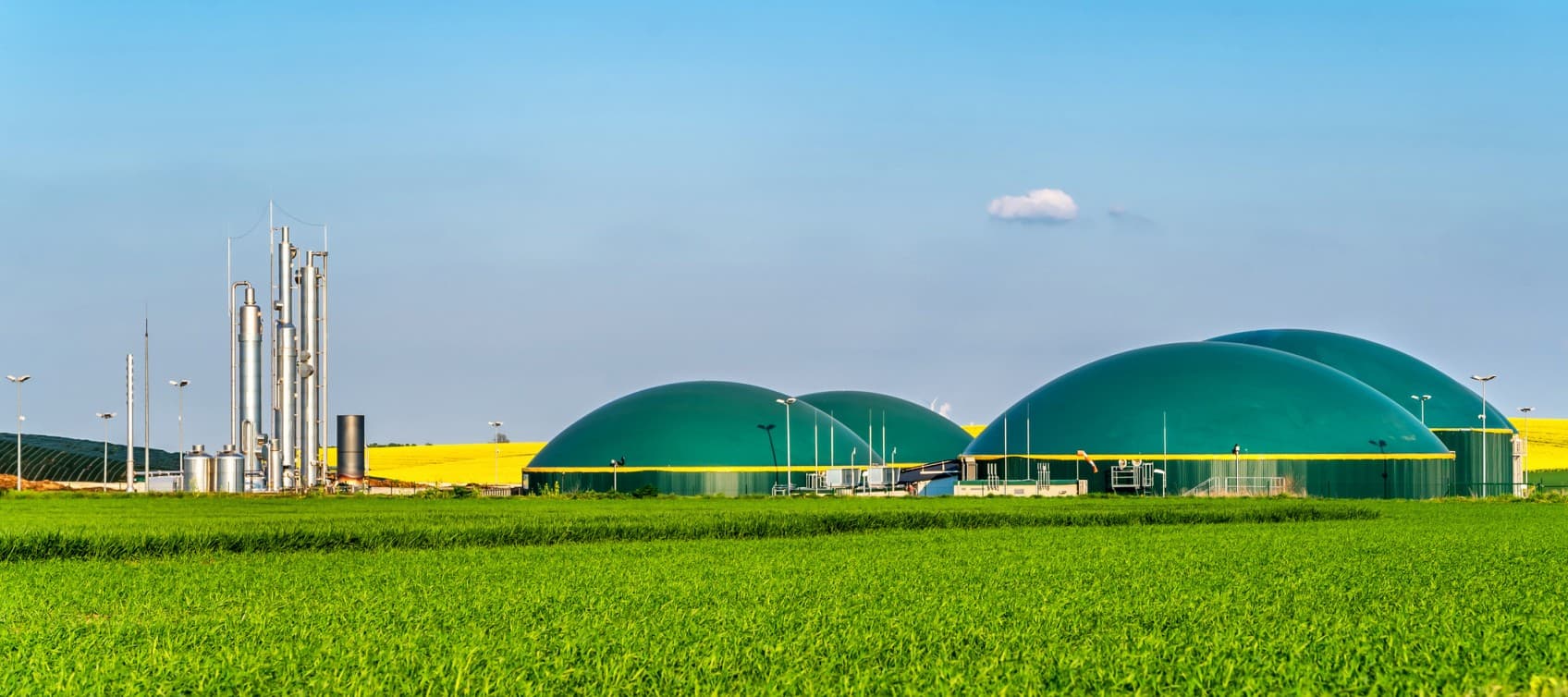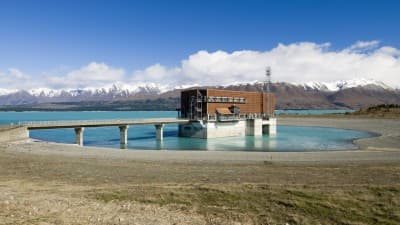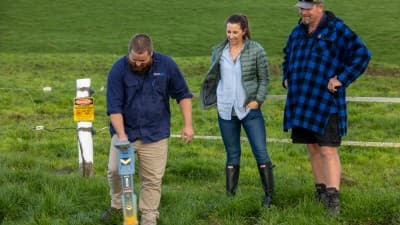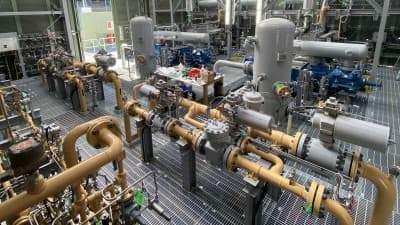There’s been an exciting development for Aotearoa New Zealand’s energy future and for our growing renewable gas industry.
“This Government supports a renewable gas market in New Zealand. Biogas is one of these renewable energy sources that are more readily available and could strengthen our energy security, decarbonise hard-to-electrify sectors and create new opportunities for innovation and investment.”
The New Zealand Government has released a Statement on Biogas, alongside other documents on biomass energy, signalling their support and recognition of the value that biogas brings to New Zealand.
In his Ministerial foreword, Hon. Simon Watts, Minister for Energy said, “This Government supports a renewable gas market in New Zealand. Biogas is one of these renewable energy sources that are more readily available and could strengthen our energy security, decarbonise hard-to-electrify sectors and create new opportunities for innovation and investment.”
The Minister also acknowledged that while biogas isn’t a one-size-fits-all solution, it can play a “pivotal role in creating a cleaner, more resilient energy future.”
The Government’s Statement on Biogas further notes that, “Biogas is a renewable, low-emission fuel that can generate heat, power, or both for onsite operations, feed electricity into the grid, or be upgraded to biomethane for injection into the existing gas network.”
What renewable gas is and how it’s made
Renewable gas, also known as biomethane, is a low emissions alternative to natural gas, produced by upgrading biogas.
Biogas is generated when organic waste, including food, agricultural and water waste, is broken down in anaerobic digesters. These sealed containers allow bacteria to break down waste in the absence of oxygen (anaerobic means “without oxygen”). The process produces a mixture of gases, primarily methane and carbon dioxide, along with trace gases.
While biogas can be used directly, its methane content and therefore energy potential varies. To create a more consistent and higher-quality gas, it can be upgraded into biomethane through a purification process.
This process is now in action in Reporoa, New Zealand - Ecogas is responsible for the anaerobic digestion at its organics processing facility and First Renewables’ biogas upgrading facility upgrades the biogas to biomethane.
The upgrade facility removes impurities and moisture from the biogas, producing biomethane that is chemically identical to natural gas. This means it can be injected directly into New Zealand’s existing gas network and used in homes, businesses, and industry, with no changes required to existing infrastructure or gas appliances.
When operating, the Reporoa plant is capable of producing enough renewable gas to supply more than 7,200 homes* each year.
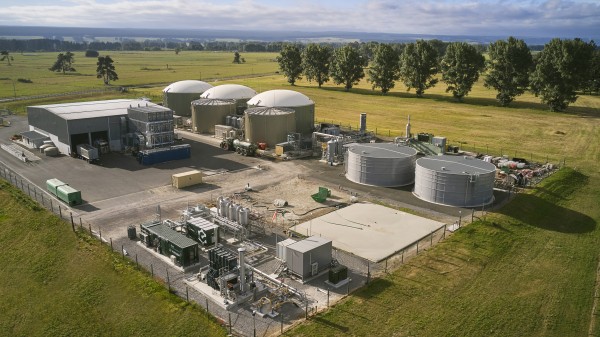
First Renewables Biogas to Pipeline facility at the Ecogas Reporoa Organics Processing site.
What it means for the gas industry
For gas fitters, network operators, and energy professionals, this is an important milestone. The Government’s strategy provides greater confidence for future investment in biogas and renewable gas, recognising their potential to decarbonise high-heat reliant industries and support renewable electricity supply.
The Statement on Biogas notes that New Zealand currently produces between 3.5 and 4.9 petajoules of biogas each year, mostly from landfills and wastewater treatment plants. Much of this is used onsite or flared, but the potential is far greater. Unlocking that opportunity will require collaboration between industry, technology providers and government.
This presents new opportunities for skilled trades and energy companies to be part of a growing renewable gas market, helping customers retain the reliability and flexibility of gas while reducing emissions.
Looking ahead
Clarus has long advocated for the development of biogas and renewable gas in New Zealand. The Government’s new strategy and statement reflect many of the priorities we’ve championed to encourage innovation.
Our plant at Reporoa is a New Zealand first and we are working to ensure it paves the way for further similar projects. To learn about how Clarus is supporting the transition to a more renewable energy future, visit Future of Energy.
For more information on the latest announcement, you can check out the links below:
*7,200 houses at an average residential gas demand of 22GJ p.a. = 160TJ p.a. (estimated annual biomethane injected at Broadlands).

